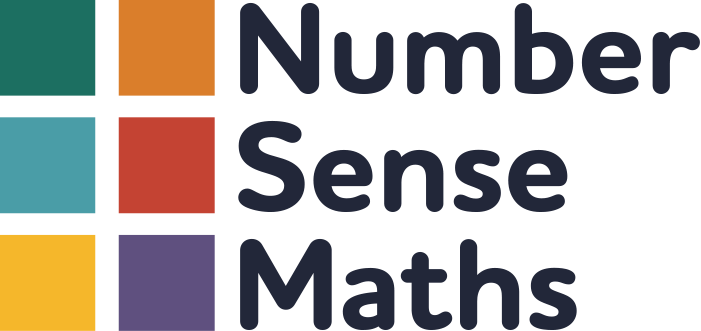Number Sense Maths Principle 2
Children benefit from moving beyond counting in ones to solve addition and subtraction facts. Not doing so is associated with low attainment.
Research Finding
One strategy that is often used to calculate addition and subtraction facts is counting: first counting all, then counting on. ‘Put the biggest number in your head and count on’ is a common phrase that is taught to children to help them calculate addition facts. However, counting in 1s as a strategy is associated with low attainment in maths. By the age of 8, children identified as ‘below average ability’ by their teachers still use ‘count all’ or ‘count on’ almost exclusively to solve addition and subtraction facts. Children identified as above average ability, on the other hand, use mainly derived facts and known facts to solve addition and subtraction facts[3]. For these children, arithmetic becomes increasingly simple as they use their knowledge of number relationships to manipulate calculations to make them easier. In contrast, for children who have only counting at their disposal the arithmetic becomes harder and increasingly inefficient and error prone as they meet two and three digit calculations[4].
Application to Number Sense Maths
The Number Facts Fluency programme systematically teaches all children the derived fact strategies that high attaining children use, so that no children are limited in their mathematical attainment by being ‘stuck on counting’.
References
[3] GRAY, E. and TALL, D., 1994. Duality, Ambiguity and Flexibility: A Proceptual View of Simple Arithmetic, The Journal for Research in Mathematics Education, 26 (2), 115–141.
[4] DOWKER, A., (2013) Young children's use of derived fact strategies for addition and subtraction, Front Hum Neurosci, 7: 924.
